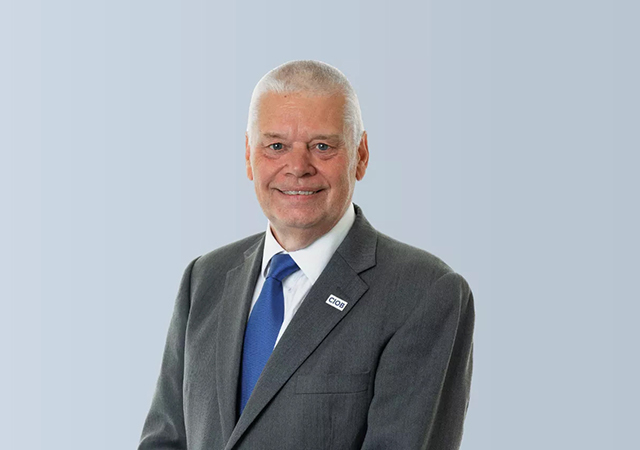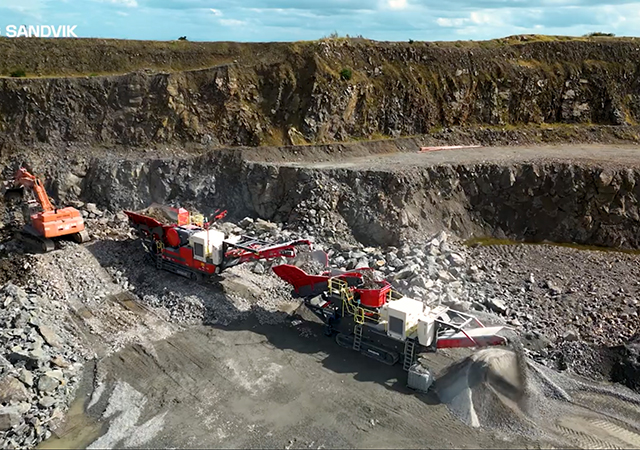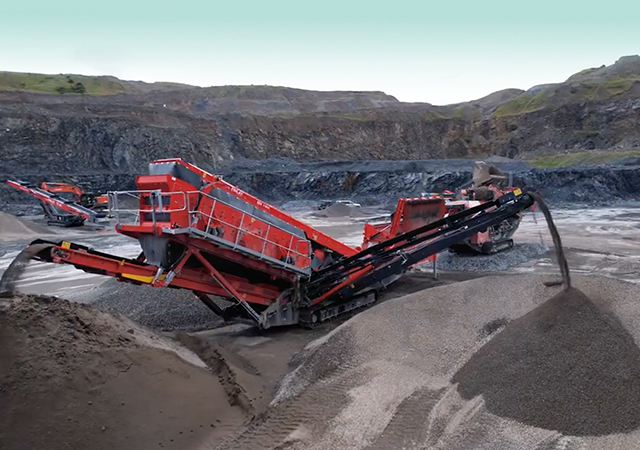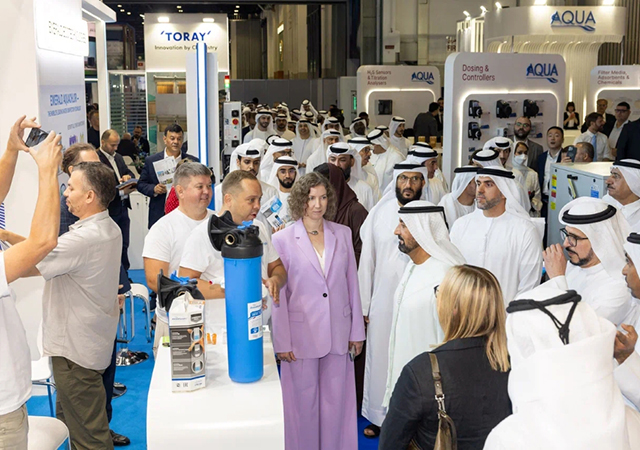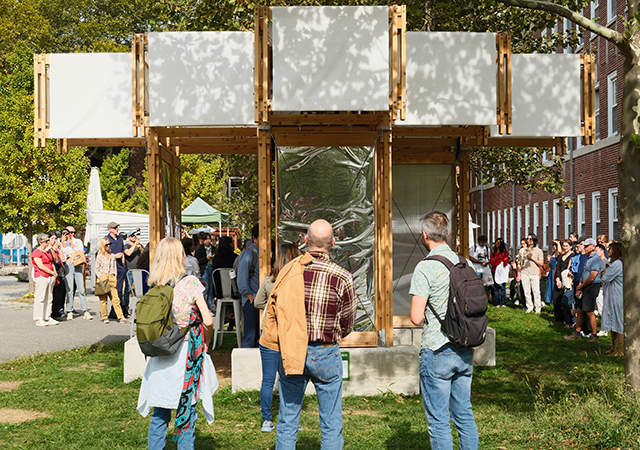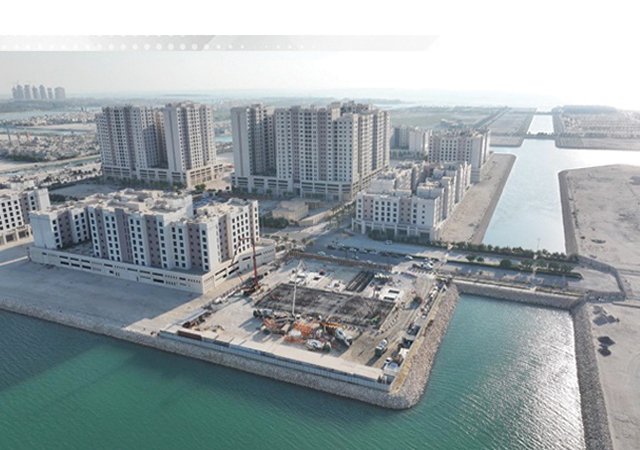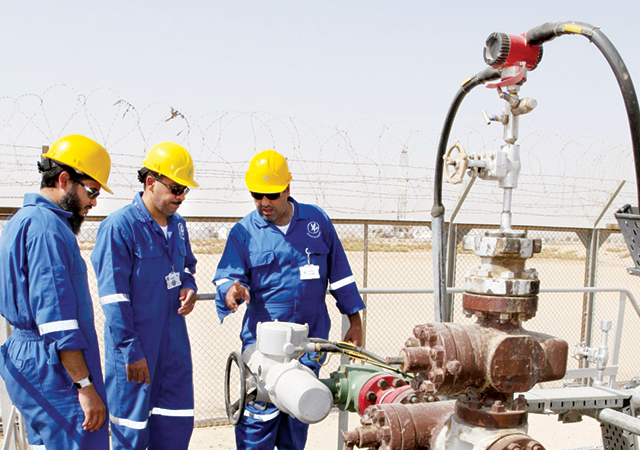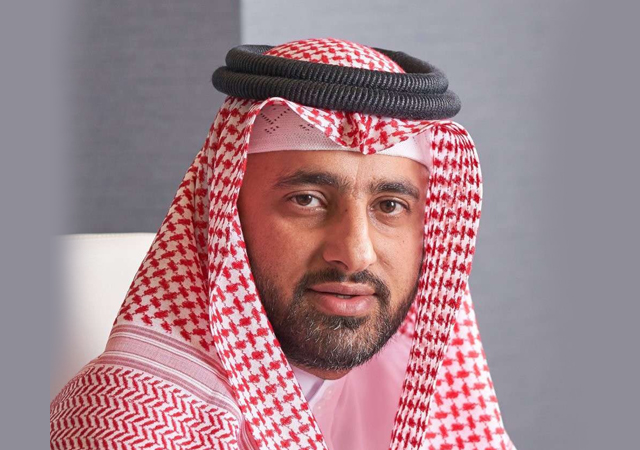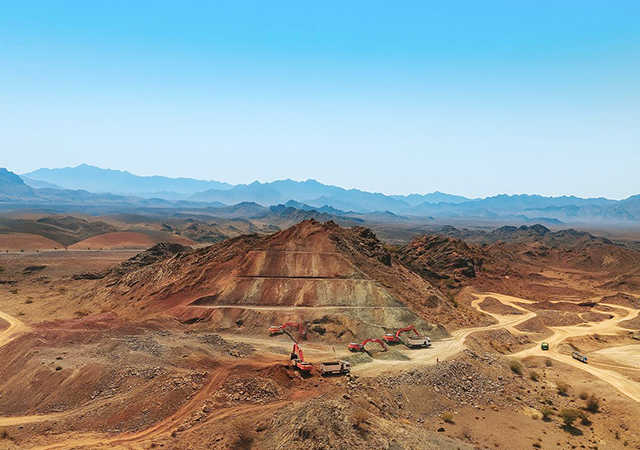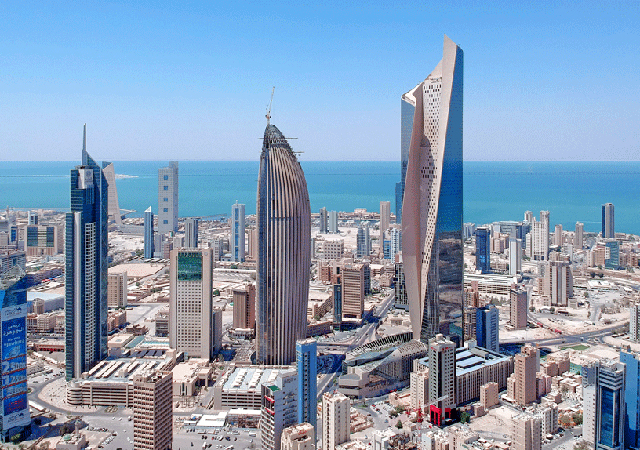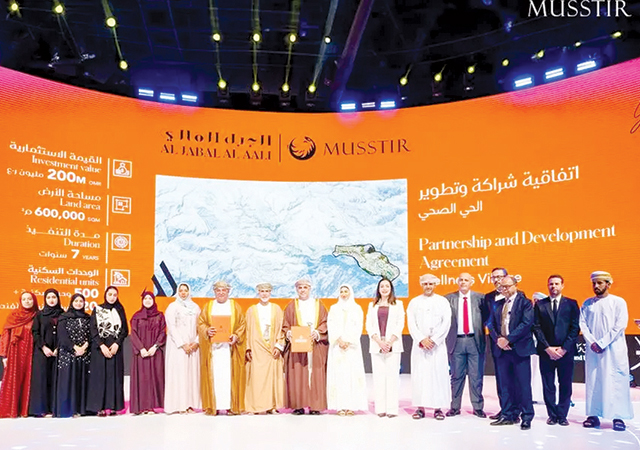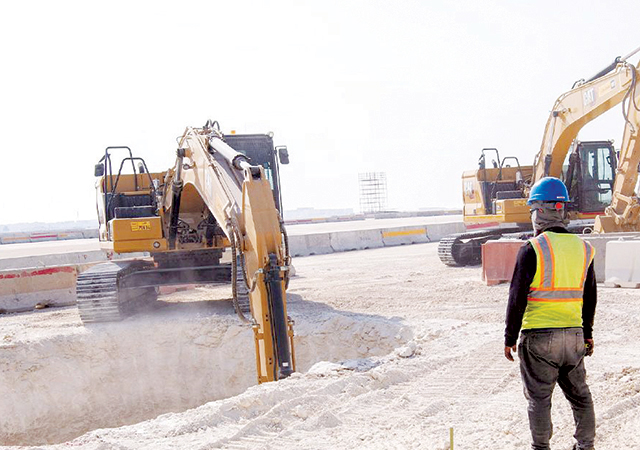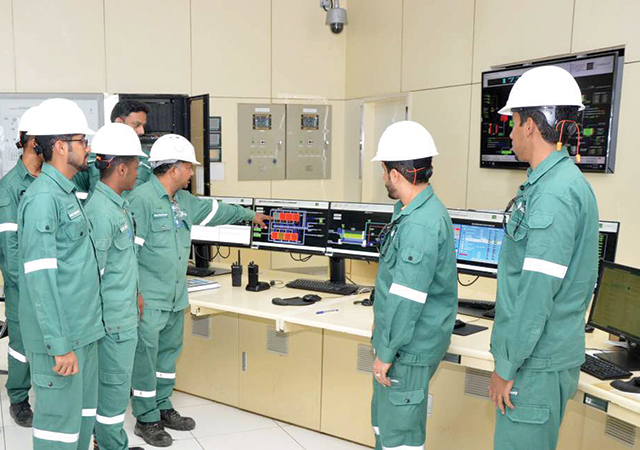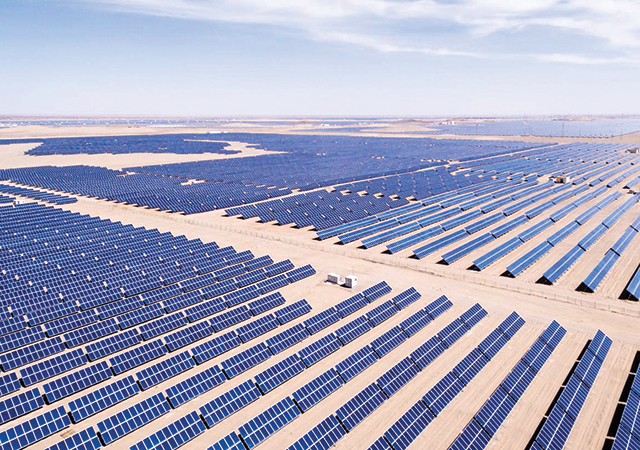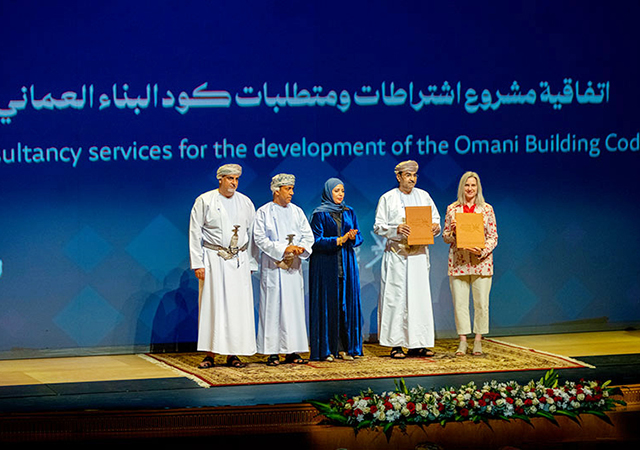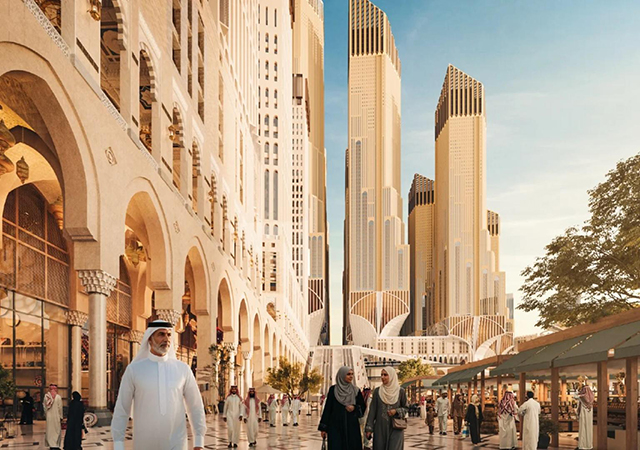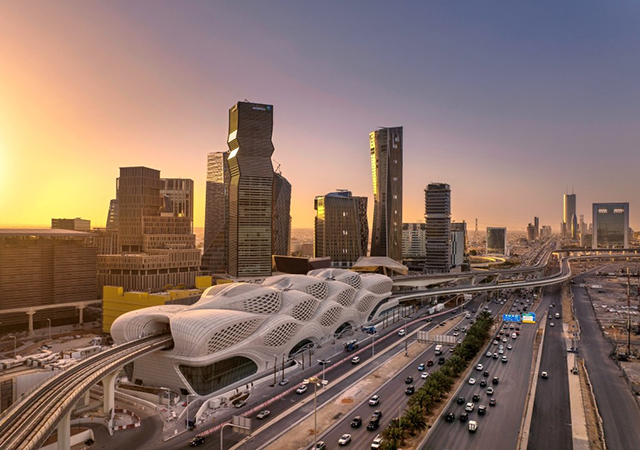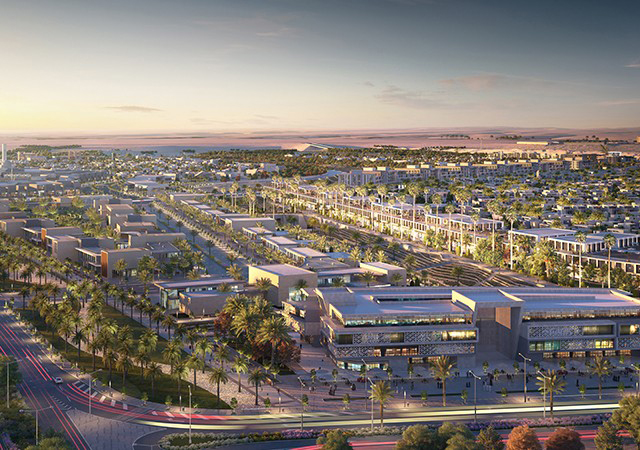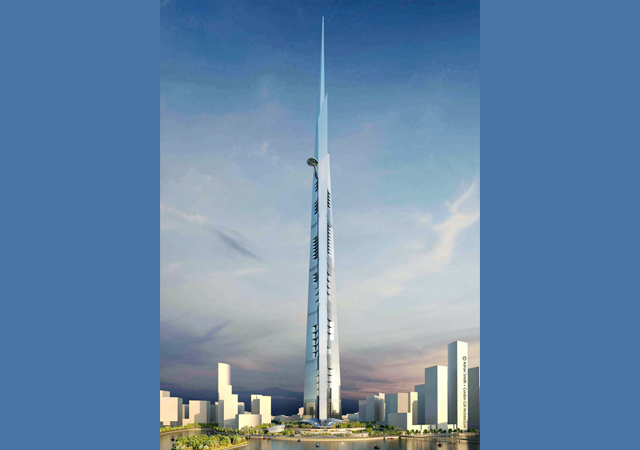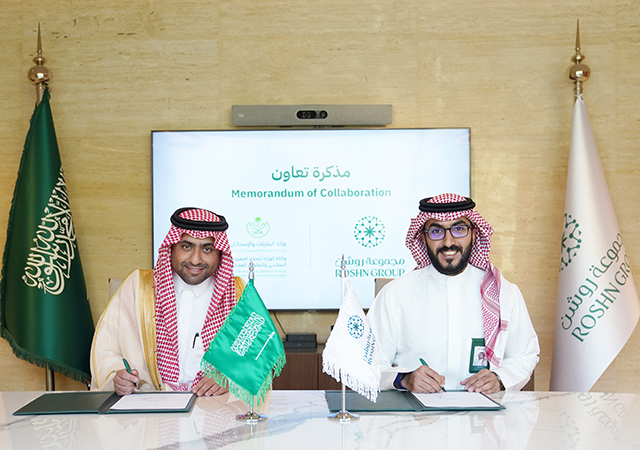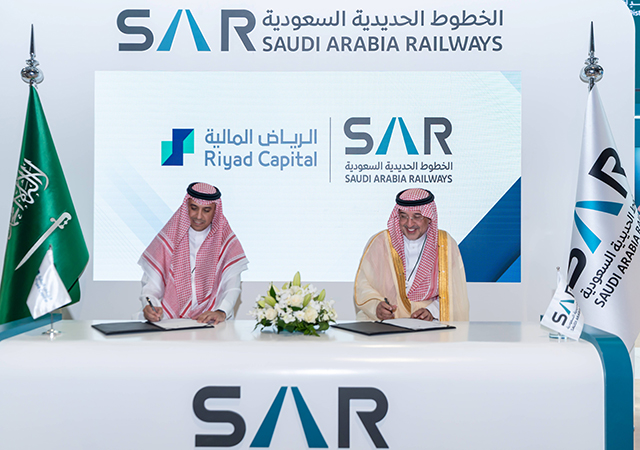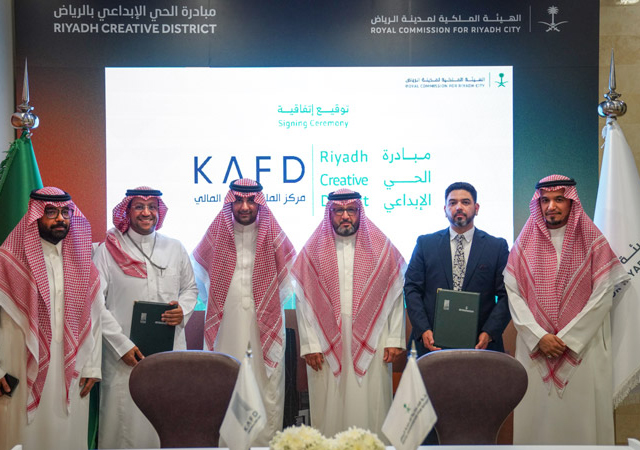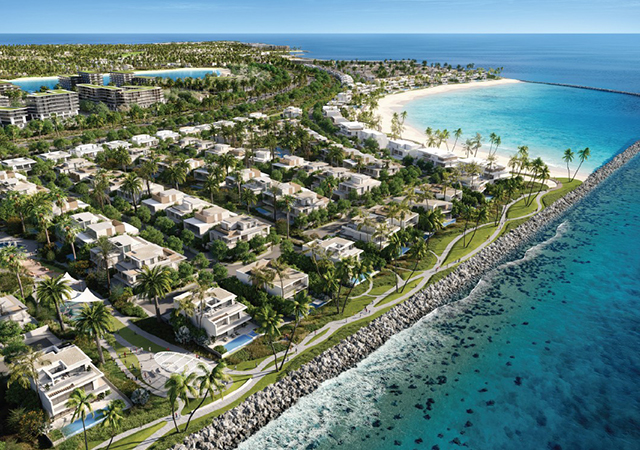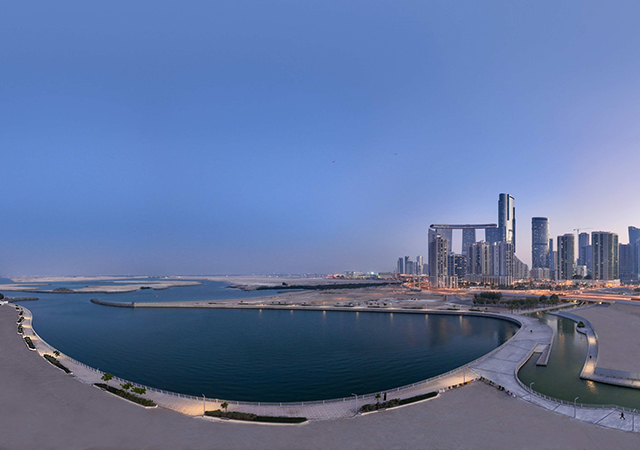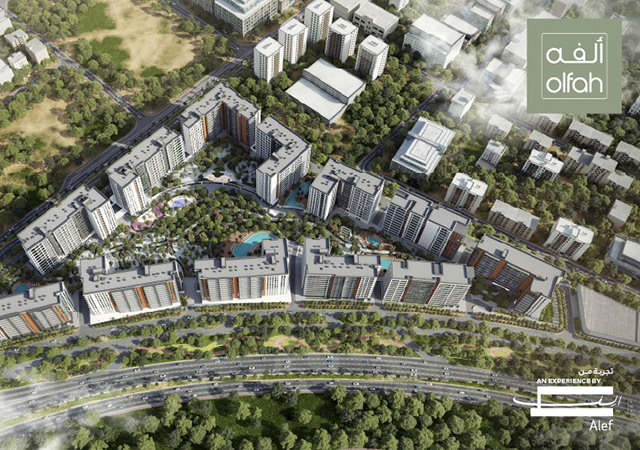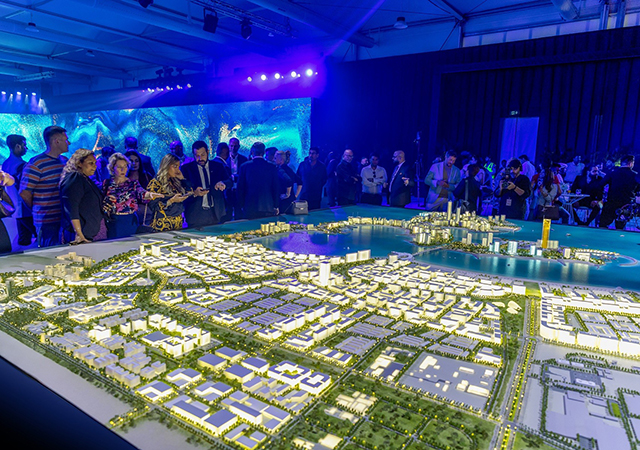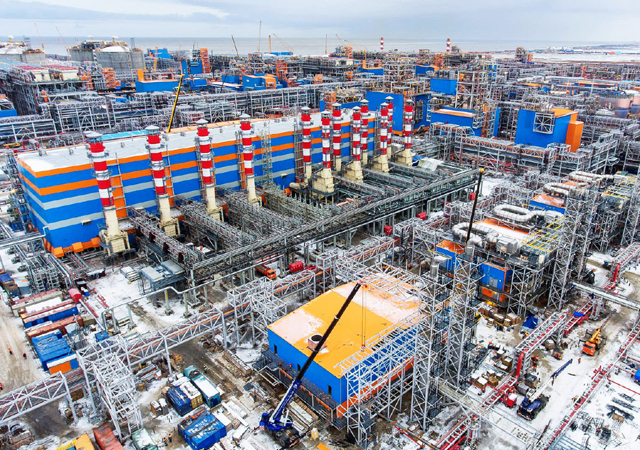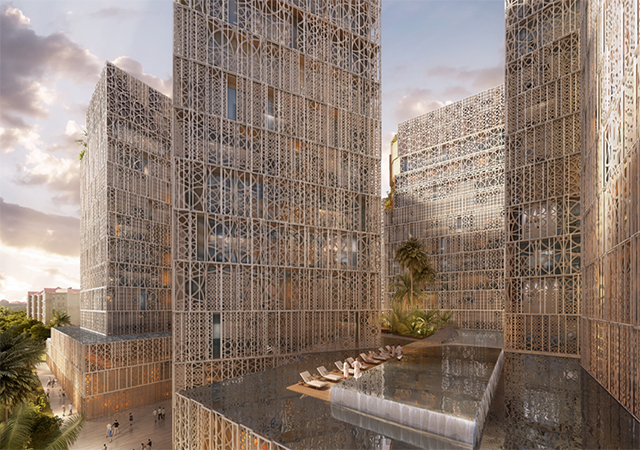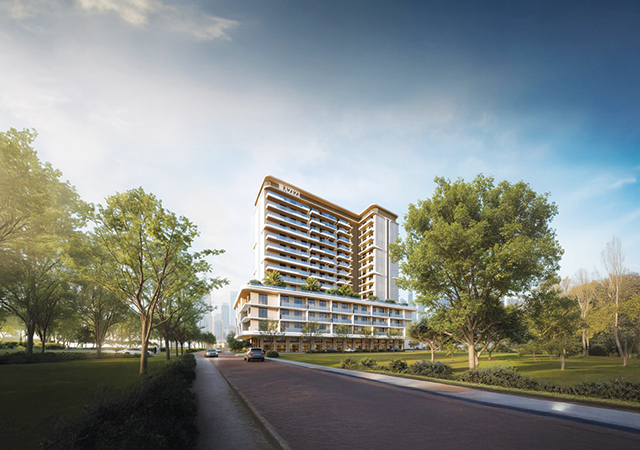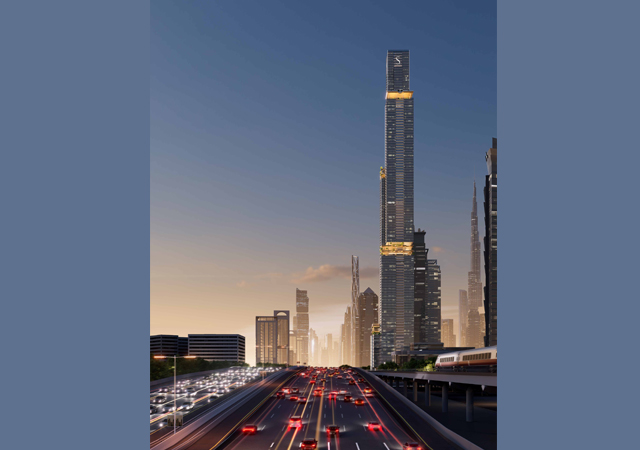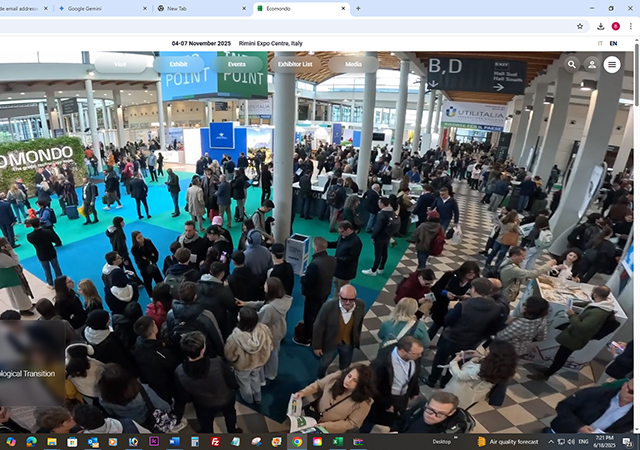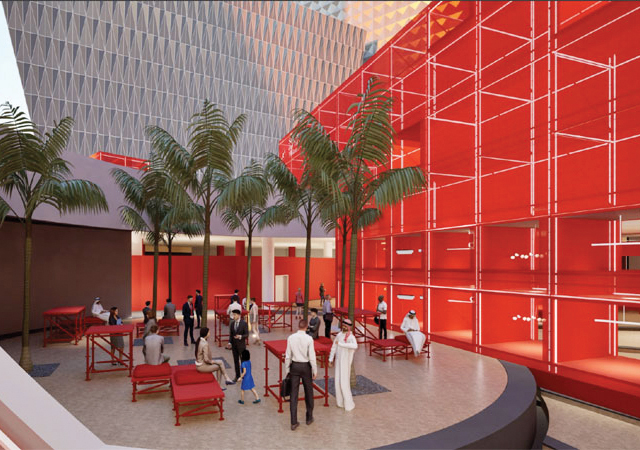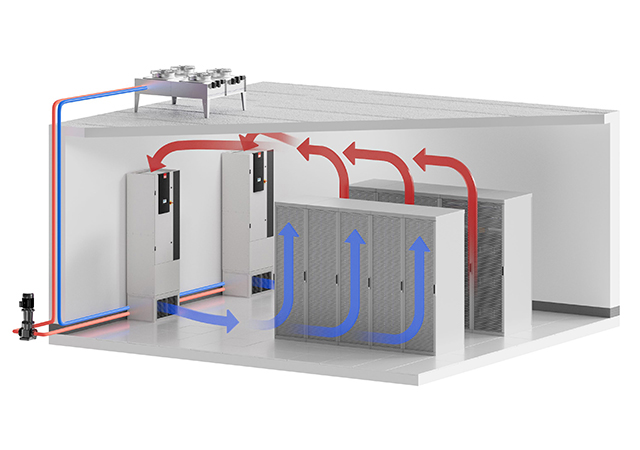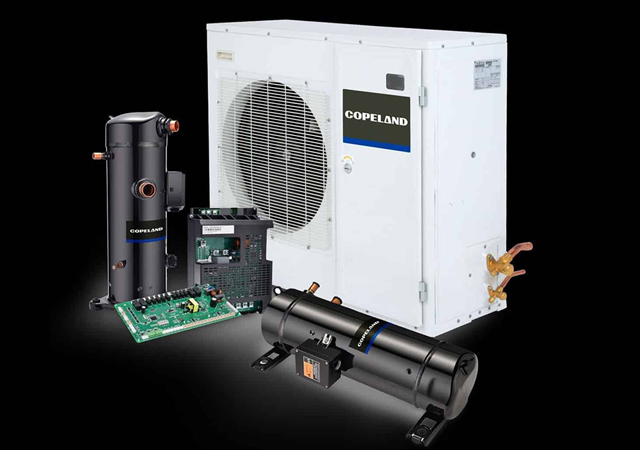
 District energy systems, particularly 4GDHC, offer a sustainable and future-proof solution to optimise energy use.
District energy systems, particularly 4GDHC, offer a sustainable and future-proof solution to optimise energy use.
A recent study by Danfoss, a market leader in heating and cooling solutions, highlights the potential of district energy systems, specifically Fourth Generation District Heating and Cooling (4GDHC), to help the Middle East and North Africa (Mena) region achieve its decarbonisation goals.
The whitepaper, titled Economic Comparison of Heating and Cooling Supply Systems in Warm Climates – Using a Case Study, underscores the transformative potential of district energy systems in addressing the dual challenges of heating and cooling demands in warm climates.
The Mena region has made significant strides in developing district cooling systems to meet the growing demand for space cooling. However, with ambitious decarbonisation goals set by regional governments, there is a pressing need to explore integrated solutions that can address both heating and cooling demands efficiently, says Danfoss.
In addition, while district cooling networks are well-established, the use for efficient heating solutions in certain areas remains unexplored.
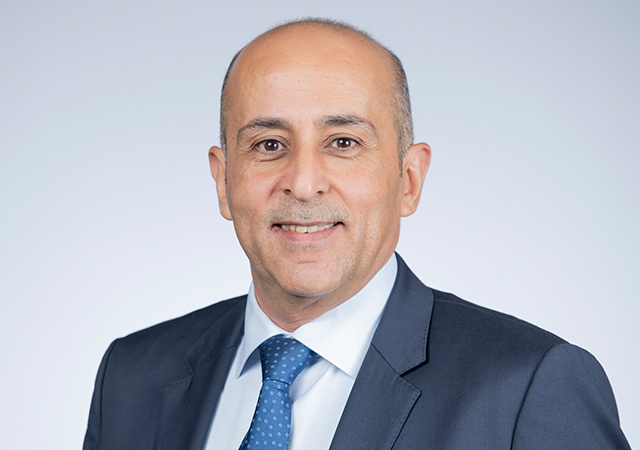 |
|
Al Bawaliz |
District energy systems, particularly low-temperature district heating and cooling (4GDHC), offer a sustainable and future-proof solution to optimise energy use and reduce carbon emissions, the company says.
The Danfoss study compares the levellised cost of heating and cooling for a neighbourhood in Rome, Italy, using low-temperature district heating (4GDHC), ultra-low temperature district heating (Fifth Generation District Heating and Cooling – 5GDHC), and building-level solutions. The findings reveal that 4GDHC systems are the most competitive, offering significant economic and operational advantages over standalone heat pump applications and 5G systems, Danfoss reveals.
These systems not only provide economies of scale but also enhance resilience by enabling the use of alternative heat sources and thermal energy storage, which are critical in times of energy supply crises, it adds.
“The Mena region is at the forefront of adopting innovative energy solutions, and district energy systems present a unique opportunity to meet both heating and cooling demands sustainably,” Ziad Al Bawaliz, General Manager, Danfoss MENA says. “With the region’s ambitious decarbonisation goals, integrating 4GDHC systems can play a pivotal role in reducing carbon emissions while ensuring energy resilience. By leveraging centrallised heat generation and thermal energy storage, we can optimise energy use, reduce infrastructure investments, and contribute to a greener future for the region.”
The study also highlights the environmental benefits of 4GDHC systems, including lower CO2 emissions and reduced refrigerant leakage risks compared to decentrallised systems. Additionally, the ability to integrate large-scale thermal energy storage and utilise local waste heat streams further enhances the sustainability of these systems.
As the Mena region continues to urbanise and demand for energy grows, district energy systems offer a scalable and efficient solution to meet these challenges. By adopting advanced technologies like 4GDHC, the region can not only achieve its decarbonisation targets but also ensure a reliable and resilient energy supply for future generations, according to Danfoss.
Denmark-based Danfoss offers climate solutions that are used in areas such as refrigeration, air conditioning, heating, power conversion, motor control, industrial machinery, automotive, marine, and on- and off-highway equipment.



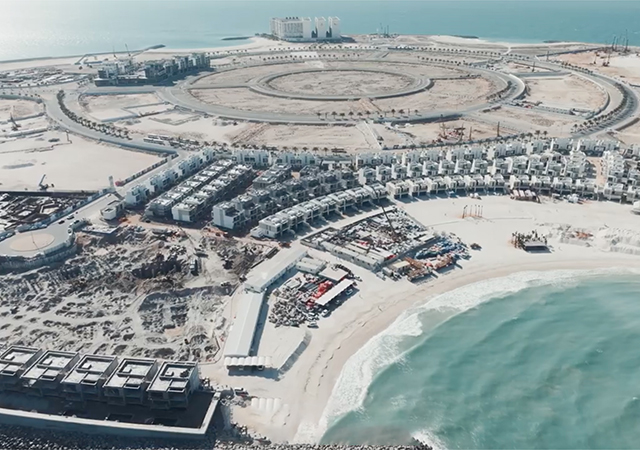

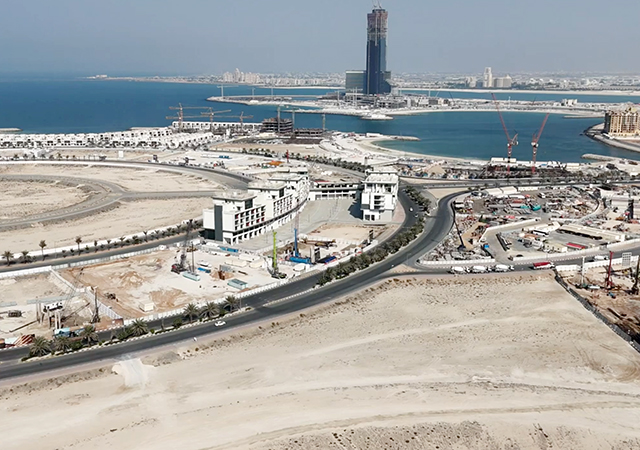

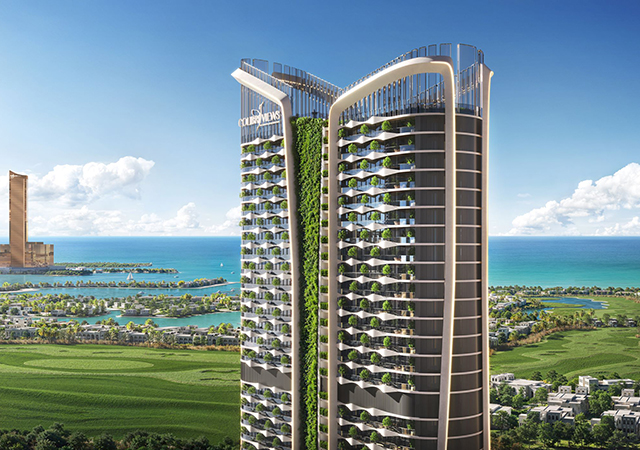
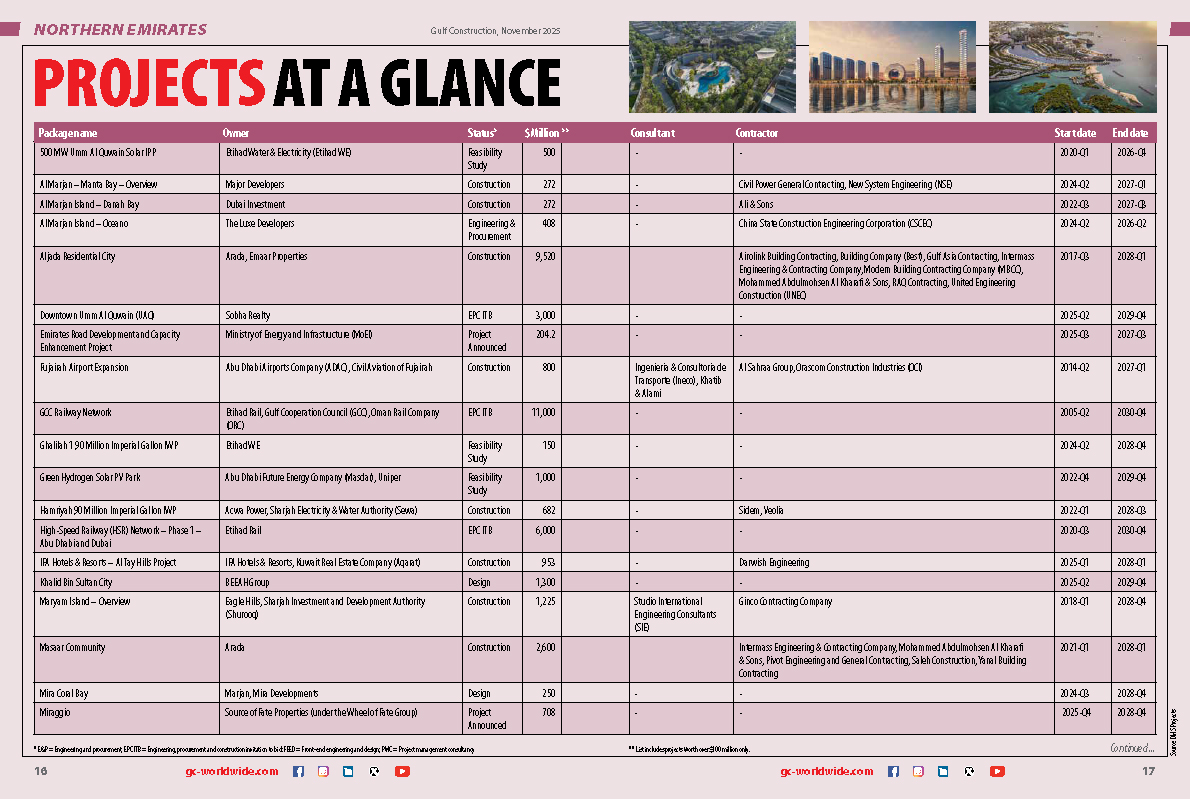
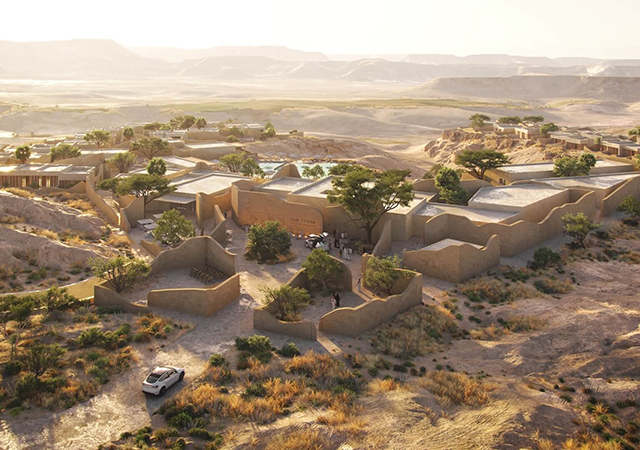

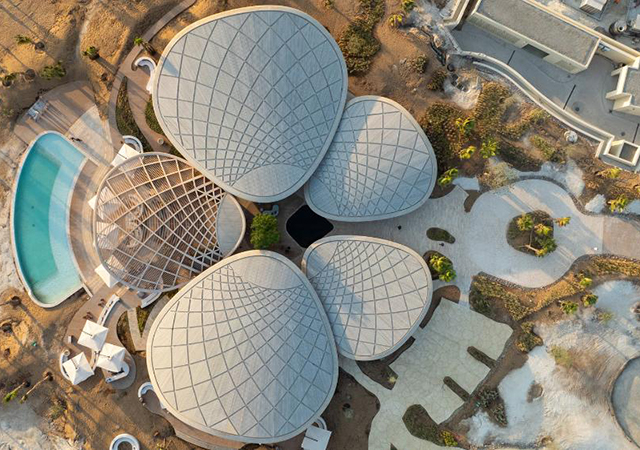

(5).jpg)


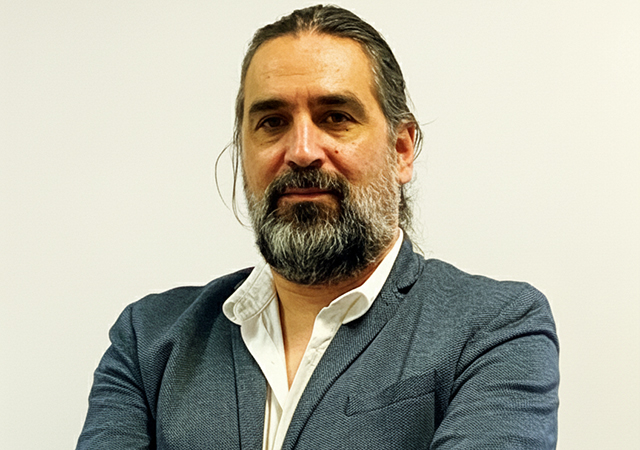

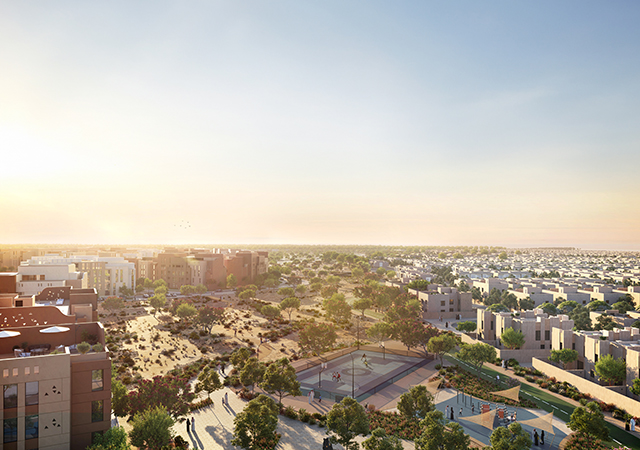
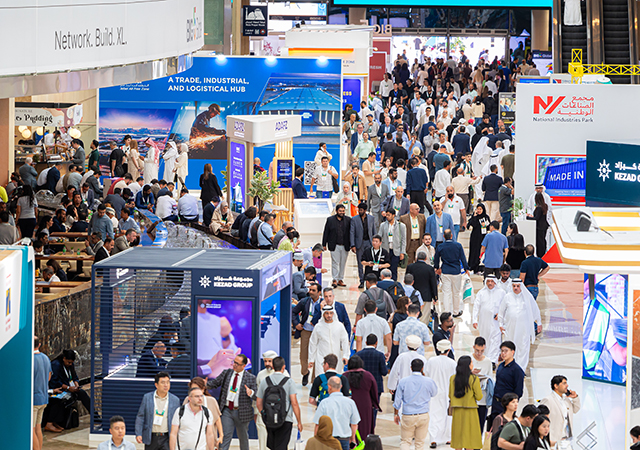
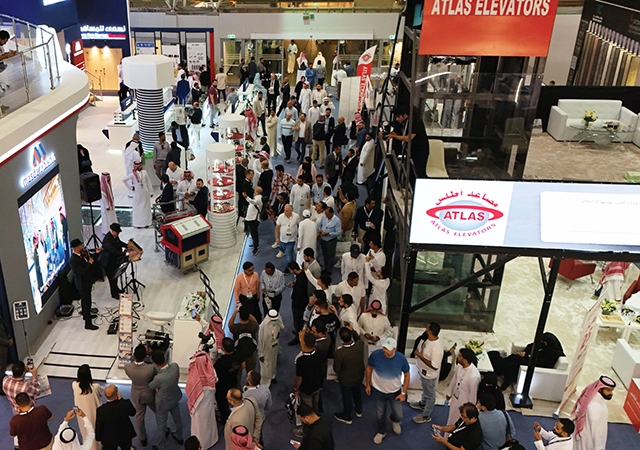

.jpg)
